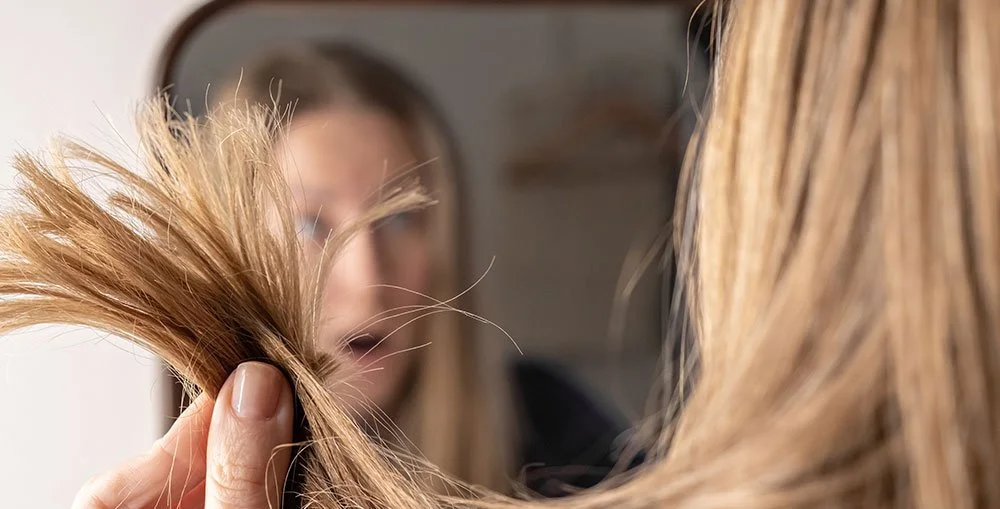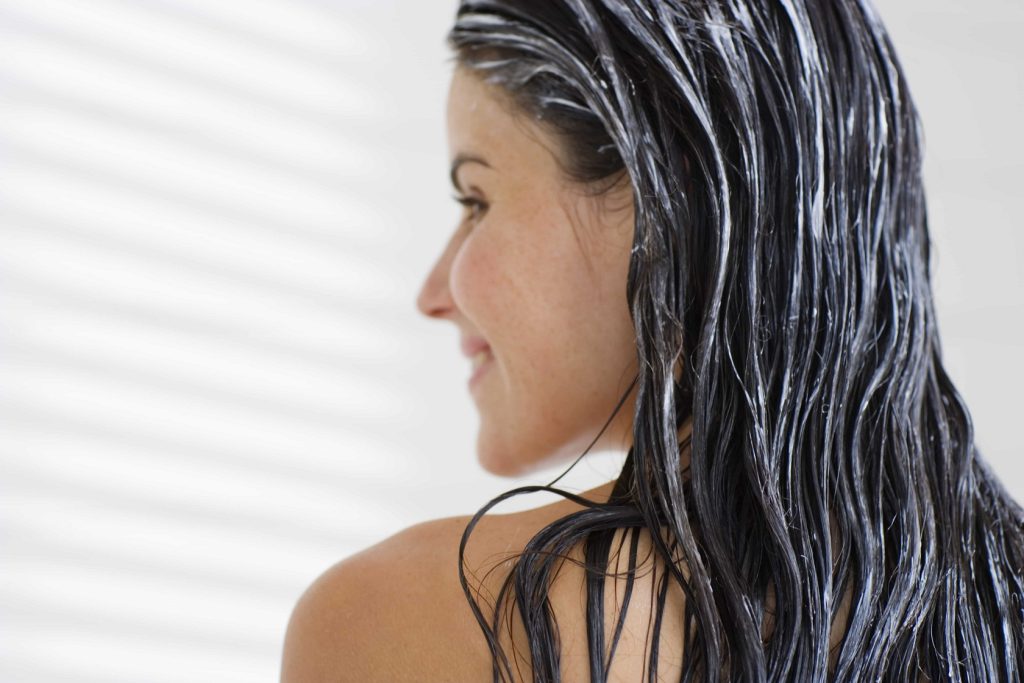How to repair damaged hair at home

Damaged hair can be a frustrating issue for anyone. Whether it’s caused by heat styling, chemical treatments, environmental factors, or poor hair care habits, unhealthy hair can feel dry, brittle, and lifeless. The good news is that you don’t always need expensive salon treatments to restore your hair’s health. With consistent care and the right techniques, you can repair damaged hair at home and bring back its natural shine and strength. Here’s a comprehensive guide to help you achieve healthier, happier hair.
1. Understand the Cause of Damage

Before starting any repair routine, it’s important to understand what’s causing your hair damage. Common culprits include:
- Heat styling: Frequent use of straighteners, curling irons, or blow dryers can weaken hair strands.
- Chemical treatments: Coloring, perming, or relaxing hair can strip it of natural oils and proteins.
- Environmental stressors: Sun exposure, pollution, and hard water can contribute to dryness.
- Poor hair care habits: Over-washing, brushing wet hair aggressively, or using harsh shampoos can cause breakage.
Identifying the root cause helps you choose the right repair methods and prevent further damage.
2. Trim Regularly
While trimming doesn’t technically “repair” damaged hair, it prevents split ends from traveling up the hair shaft, which can worsen damage. Aim for a trim every 6–8 weeks, or at least remove split ends as soon as you notice them. Even a small trim can significantly improve the appearance and manageability of your hair.
3. Use Gentle Hair Care Products
Switching to gentle, nourishing products can make a huge difference. Look for shampoos and conditioners that are:
- Sulfate-free: Sulfates can strip natural oils, making hair dry and brittle.
- Moisturizing: Ingredients like shea butter, coconut oil, and argan oil help restore hydration.
- Protein-rich: Proteins such as keratin or silk amino acids strengthen hair from within.
Avoid products with excessive alcohol or synthetic fragrances, as these can exacerbate dryness.
4. Deep Conditioning Treatments

Deep conditioning is essential for repairing damaged hair at home. It provides intense hydration and helps restore elasticity. You can either buy a store-bought deep conditioner or make your own at home using natural ingredients. Some effective DIY masks include:
- Coconut oil and honey mask: Mix 2 tablespoons of coconut oil with 1 tablespoon of honey. Apply from mid-length to ends, leave for 30 minutes, then rinse thoroughly.
- Avocado and olive oil mask: Mash one ripe avocado and mix with 2 tablespoons of olive oil. Apply to hair for 30–45 minutes, then wash with a mild shampoo.
- Yogurt and egg mask: Mix 2 tablespoons of plain yogurt with one egg. Apply to the scalp and hair, leave for 20 minutes, and rinse with lukewarm water.
Use deep conditioning treatments 1–2 times per week for best results.
5. Minimize Heat Styling
Heat is one of the biggest enemies of healthy hair. Try to limit the use of straighteners, curling irons, and blow dryers. When you do use heat, always apply a heat protectant spray or serum to reduce damage. Allow your hair to air dry whenever possible, and embrace heat-free hairstyles to give your strands a break.
6. Protect Hair from Environmental Damage
Your hair faces daily stress from the sun, wind, and pollution. Protect it by:
- Wearing a hat or scarf in direct sunlight.
- Using leave-in conditioners or serums with UV protection.
- Avoiding exposure to chlorinated or saltwater without rinsing afterward.
These simple steps prevent further weakening and dryness.
7. Eat a Hair-Healthy Diet

Healthy hair starts from within. Nutrition plays a critical role in repairing and strengthening hair. Include foods rich in:
- Proteins: Eggs, fish, chicken, beans, and nuts.
- Omega-3 fatty acids: Salmon, flaxseeds, chia seeds, and walnuts.
- Vitamins and minerals: Leafy greens, sweet potatoes, carrots, and fruits for vitamins A, C, E, and biotin.
Staying hydrated is also important, as water helps maintain hair elasticity and shine.
8. Be Gentle With Wet Hair
Wet hair is more vulnerable to breakage. Avoid brushing or combing roughly when your hair is wet. Instead, use a wide-tooth comb or your fingers to detangle gently. Pat your hair dry with a soft towel rather than rubbing vigorously.
9. Use Hair Oils
Hair oils provide nourishment, reduce frizz, and add shine. Popular options for damaged hair include:
- Coconut oil
- Argan oil
- Jojoba oil
- Almond oil
Apply oil to damp hair, leave for a few hours or overnight, and then wash as usual.
Conclusion
Repairing damaged hair at home requires patience, consistency, and the right care techniques. By understanding the causes of damage, using gentle products, deep conditioning, minimizing heat, and nourishing your hair from the inside out, you can gradually restore your hair’s health and vitality. Remember, hair repair is a process, and small, consistent efforts yield the best long-term results. Embrace these habits, and your hair will soon become stronger, smoother, and more radiant than ever.